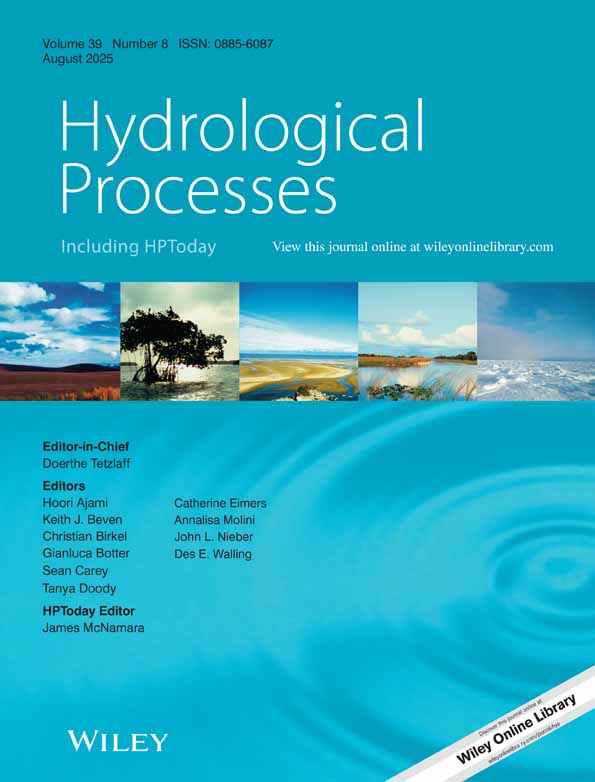Advance flood forecasting for flood stricken Bangladesh with a fuzzy reasoning method
Abstract
An artificial Neural Network (NN) was successfully applied, in an earlier study, as a prediction tool to forecast water level at Dhaka (Bangladesh), for up to seven lead days in advance, with a high accuracy level. In addition, this high accuracy degree was accompanied with a very short computational time. Both make NN a desirable advance warming forecasting tool. In a later study, a sensitivity analysis was also performed to retain only the most sensitive gauging stations for the Dhaka station. The resulting reduction of gauging stations insignificantly affects the prediction accuracy level.
The work concerning the possibility of measurement failure in any of the gauging stations during the critical flow level at Dhaka requires prediction tools which can interpret linguistic assessment of flow levels. A fuzzy logic approach is introduced with two or three membership functions, depending on necessity, for the input stations with five membership functions for the output station. Membership functions for each station are derived from their respective water level frequency distributions, after the Kohonen neural network is used to group the data into clusters. The proposed approach in deriving membership function shows a number of advances over the approach commonly used. When prediction results are compared with measured data, the prediction accuracy level is comparable with that of the data driven neural network approach. Copyright © 2000 John Wiley & Sons, Ltd.




